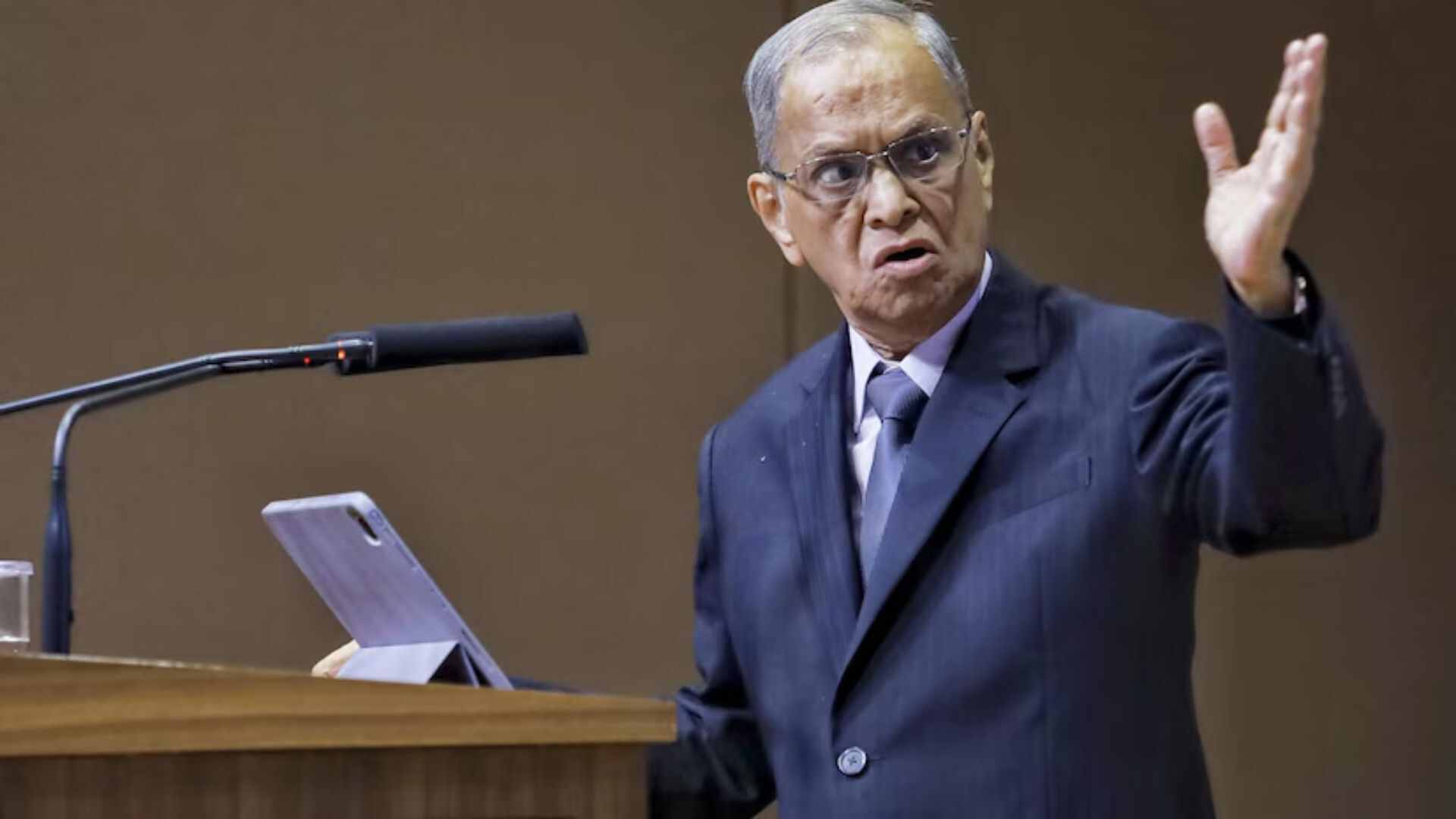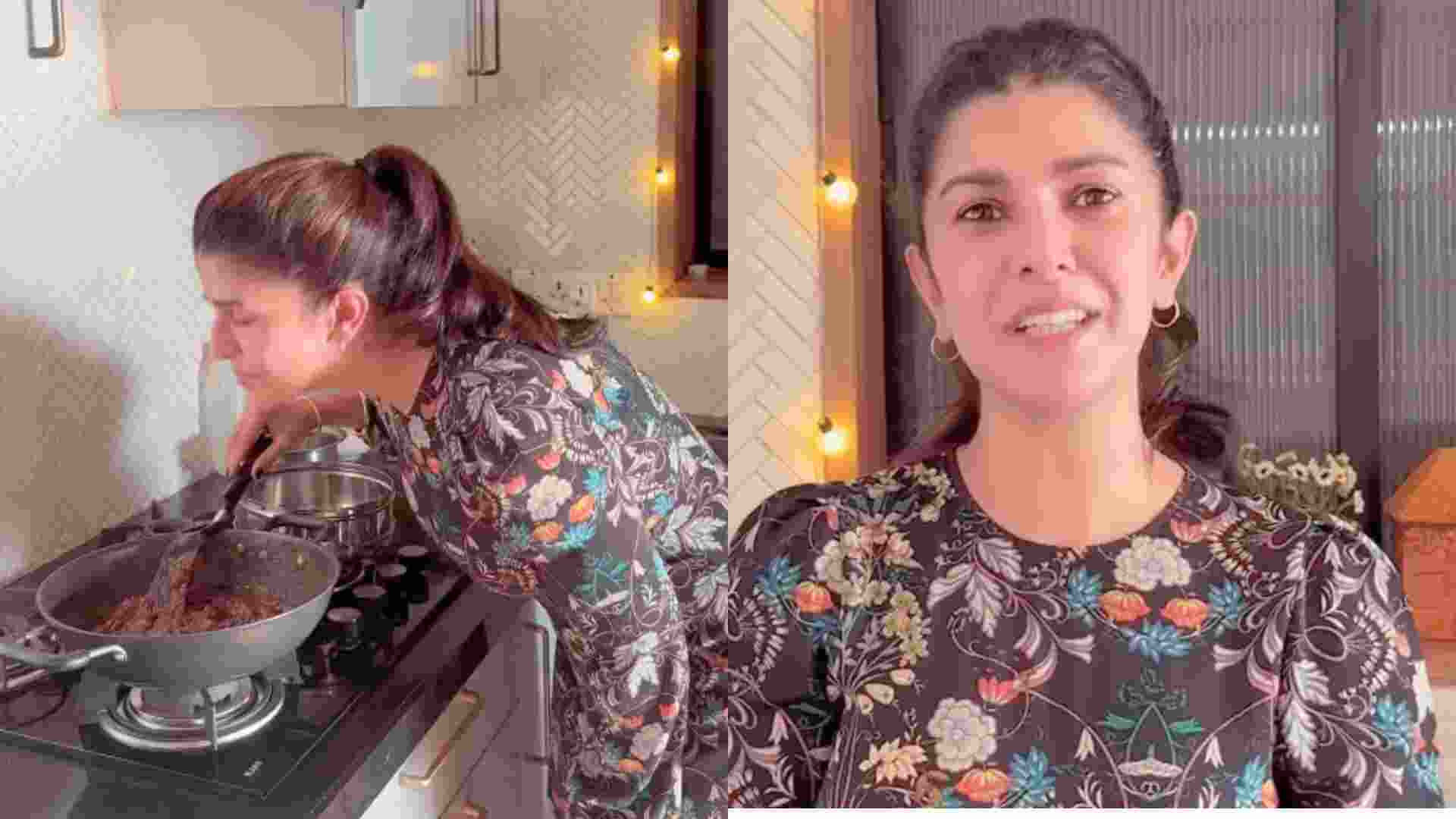
Let us remember Rajiv Tyagi. By the end of a heated television debate on a leading Hindi channel one evening this month, the Congress spokesperson suffered a heart attack and died. Really, nobody killed him—not the anchor nor the original outshouter Sambit Patra. Yet this episode is not going away from the minds of news anchors and panellists in a hurry. Will it change anything? Will editorial meetings bring this incident up and determine where to draw the line in the high-pitched drama? Not in a hurry.
As the all-upper-case text graphics scream rhetorical questions at you, the anchor plays the seemingly naive asker of questions, often shaming the political representatives. Most anchors represent the government in their questions, and thus raucously emphasise that those who are not on board with government decisions are somehow unable to see the good that the government is trying to achieve. Normalisation of the concept of “one-party democracy” (as one journalist calls it) seems to be a part of your daily primetime nudge. In the absence of any real broadcast content regulation, it’s a freefor-all.
Still, should we actually prefer noisy over quiet delivery of available news? Why do we love to hate our news channels? Is it because we don’t really like the idea that they are making us think and feel the way we do?
EMOTIONAL AGENDA-SETTING
The agenda-setting function of the media—not telling us what to think, but what to think about—does not automatically provide the checks and balances to a political and social system. That is why the function of agenda-setting is easy to hijack. Editors’ new role is in setting an agenda of individual emotions that add up and galvanise themselves on social media to become public emotions. We can call this emotional agenda-setting. In a binary context, this role would be set against a traditional, editorialised form of agenda-setting.
Regardless, the volcanic “massive controversies” in the newsrooms evoke great emotional reactions from us. With the constancy of intense emotive activity, the agenda is not out there. The agenda is to make us believe—to fill what some scholars call “the belief gap”. Belief is the consequence of emotional factors of innate trust and faith. It lies behind truth, and once ensconced, tells us what our truth is.
For example, there has been much discussion about our television news media’s hypernationalism—national pride-mongering to excessive lengths. The format is often manifested in such dramatics as anchors dressed in soldiers’ clothes sounding angry, demanding proof of patriotism from its panellists. Punctuation marks and hashtags play a vital role in on-screen text graphics. When a statement is spun as a controversy through verbal political ping-pong, the agenda seems forced and artificial, especially when more compelling themes are ignored for discussion. “Is there a conspiracy to divide India?” demands the text on a channel screen. That is not a question, really, but the invocation of fear and divisive loathing. In practicality, the question is so rhetorical that it might as well be “Isn’t there a conspiracy to divide India?” Similarly, hashtags are great in this emotional agenda-setting process. The much-publicised “ChinaGoBack”, which ran on Republic TV even as Prime Minister Modi announced that there was no Chinese incursion into Indian land, may now raise a chuckle. But that night, it didn’t seem all that funny.
Television was always acknowledged among scholarly circles as an emotive device. Hyperboles and grammatical jugglery play a big role in setting the persuasive emotional agenda. Is there any dearth of developmental agenda in our news? No, but it must be wrapped in the garb of emotional agenda. Channels have beautifully exploited our inclination to get involved with the screen. The welter of social media messaging gives the individual a false sense of being the agenda-setter: One that must indulge, take sides, react. But that’s the nature of immersiveness. It is high-involvement. Emotion leads to involvement.
DEVOID OF DEBATE
Imagine a world where even this pretence of debate was absent, where one side of any issue is presented with a straight face. Many of us claim to have rejected the raucousness of the news channels that fuel needless intensity in favour of serene-sounding, debateless channels. But straight faces do not imply objectivity, as much as they may fool us into believing so. Under the seeming garbage of noise lie the different sides to narratives, albeit often in problematic forms. Anchors may openly betray bias and even prejudice as channels selectively choose stories that suit those agendas. But channels that don’t also insidiously provide selected narratives—but additionally, they are one-dimensional and do not expose the viewer to the other side at all.
That is not bias. It is propaganda. Of course, all media platforms must select their stories. But when they do, the emotionally taxing noise could be merely the garbage wrapped around whatever semblance of fairness we can have in today’s environment. Right up to the early 2000s, before social media, media reportage of international policy was merely the narrative of the government, depending on which side of the border you stood. Sure, the concept of nationalism was not as questionable as it is today. A debate on what was actually happening on the Line of Actual Control between India and China was an improbable primetime discussion. Today, even the random experts who appear on our news channels and provide the flip side underline the existence of the other side of a stated national stance.
It is well established that audiovisuals tug at our emotions more than the linearity of text—and it is this nature of the television medium that draws our para-social interactions. But today, the visuals are not the kind that earlier scholars had thought of. They are emotive audiovisuals in a different way, as in a film. These are faces—angry, happy, disdainful, immature, ugly, pretty, and much more. But they are merely our emotional stimuli. But today’s annoyingly loud news channels also represent what debates should make us do—think. They appear to immerse us in emotiveness. But in the process, they may also be shaking our thoughts up. Studio debates may be artificial constructs. But while the emotive style may involve us into what to think about, the sledgehammerlike disruptiveness of the channels also make us undergo the kind of dissonance that leads to dinnertable debates.
Can media consumers ever beat the media at this game? Media societies are constant learners, and media literacy is not just a fancy academic course. It is a phenomenon of social evolution that helps us construct our truths. To draw dispassionate inferences, we must feel a need to be media-literate in the new digital age. But if information is the only subject, this is a low-risk game in the mind of the consumer. Deceptively so, of course. Regrettably, the consumer may never really catch up with the producer of media content—or the game would be up.
Meanwhile, Rajiv Tyagi won’t be back on primetime debates.
The author has started and led media institutes of repute. He is the founder of BeingResponsible, conducting media literacy courses at schools and colleges.















